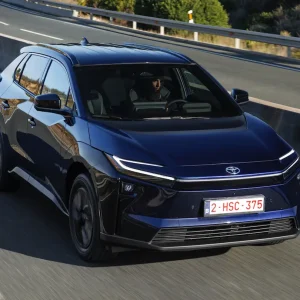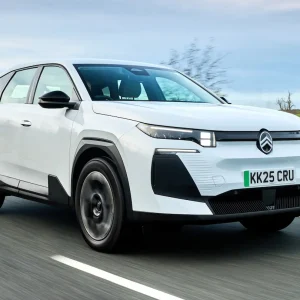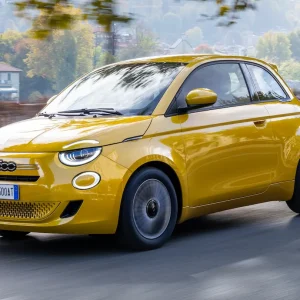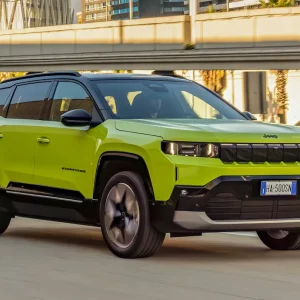The second-generation CLS became a more viable fleet option after its launch earlier this year, not least because of its new four-cylinder diesel.
The 250CDI emits 135g/km, putting it in a 20% benefit-in-kind band along with official consumption of more than 55mpg. That means it’s six tax bands lower than the 160g/km CLS 350CDI with a 3.0-litre engine.
Driving the 250CDI is a pleasure with the 202hp providing plenty of power and the seven-speed auto coping well at any speed.
Design-wise the updated CLS has a new front grille resembling the brand’s SLS supercar and full LED headlights.
When the car launched in 2005 it was the first of its kind, a four-door coupe-saloon mix, but now models such as the Audi A7 Sportback and BMW 5-series GT compete. The nearest equivalent A7, a 3.0-litre TDI 204hp auto – but also with 135g/km – wins hands down on whole-life costs at 83ppm versus 96ppm for the CLS. However, this latest development for the Merc is an exciting prospect for fleets that couldn’t previously justify the CO2.
|
||||||||||||||||||||||||||





